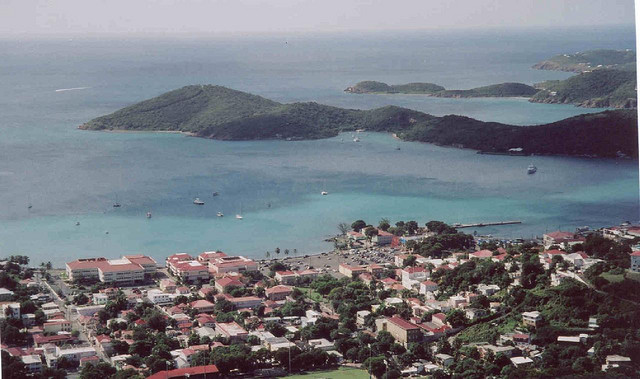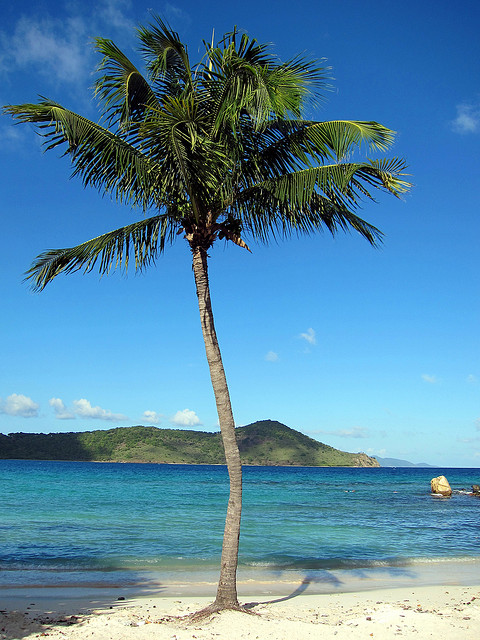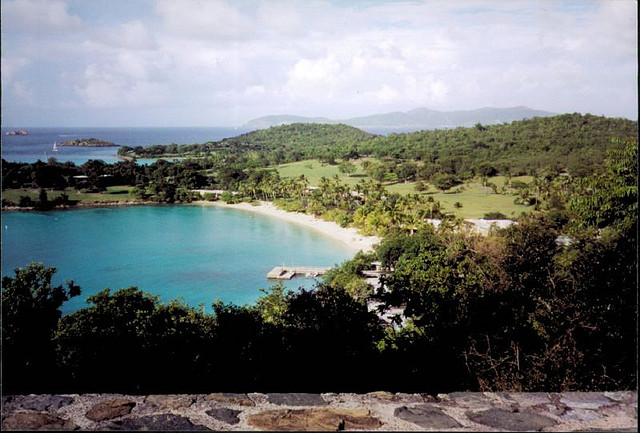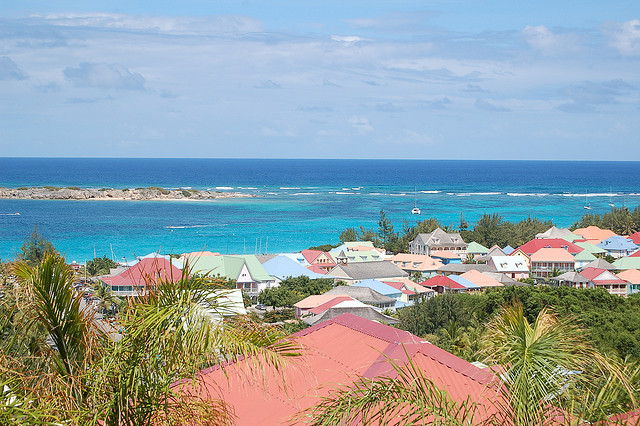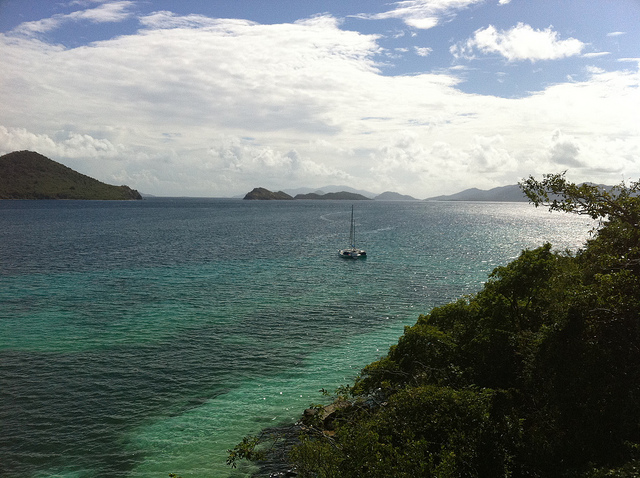|
|
||||||||||||||||||||||
|
|
| |||||||||||||||||||||
St. Thomas, USVI 3 |
||||||||||||||||||||||
|
St Tomas has a long history of settlements. At first, the Ciboneys settled the island around 1500 BC. Later came the Arawaks and then the Caribes. The first European contact was by Christopher Columbus on his 2nd trip to the "New World" in 1493. The indiginous island population was severely decimated over the next several years, mainly due to disease (smallpox) introduced by the Europeans and by war waged with the Europeans.
Denmark conquered St Thomas in 1666. They formed the Danish West India and Guinea Company on the island in 1672. With the use of slave labor, sugar cane plantations on St Thomas flourished. The group of islands that would become the U.S. Virgin Islands, became dependent on slave labor. By 1700 some of the largest slave auctions in the world were held on Saint Thomas.
St Thomas has a natural harbor, and along with a thriving maritime environment, plenty of pubs and taverns had developed to serve the thirsty sailors. In 1691, the primary settlement was renamed Charlotte Amalie in honor of the wife of the Danish King, Christian the Fifth.
The owners of the sugar plantations had grown quite wealthy through the use of slave labor. However, hurricanes, drought and competition from the American mainland caused sugar prices to drop dramatically. Meanwhile, after the Danish revolution in 1848, the cost of labor further increased which weakened the ability of the sugar plantations to profitably produce sugar.
Even after the decline of the sugar plantations, the natural harbor in Saint Thomas was considered to be of strategic importance. During and after the American civil war, the United States government considered buying the island (along with the islands of St John and St Croix) from Denmark for $7.5 million. However, at the time, there was not enough support in Congress to tender an offer.
|
||||||||||||||||||||||
|
Oahu
* Maui
* "Big
Island" of Hawaii * Kauai
*
Molokai * Lanai
© 2007 - 2024 USTropics.com
- All rights reserved.
|
||||||||||||||||||||||

